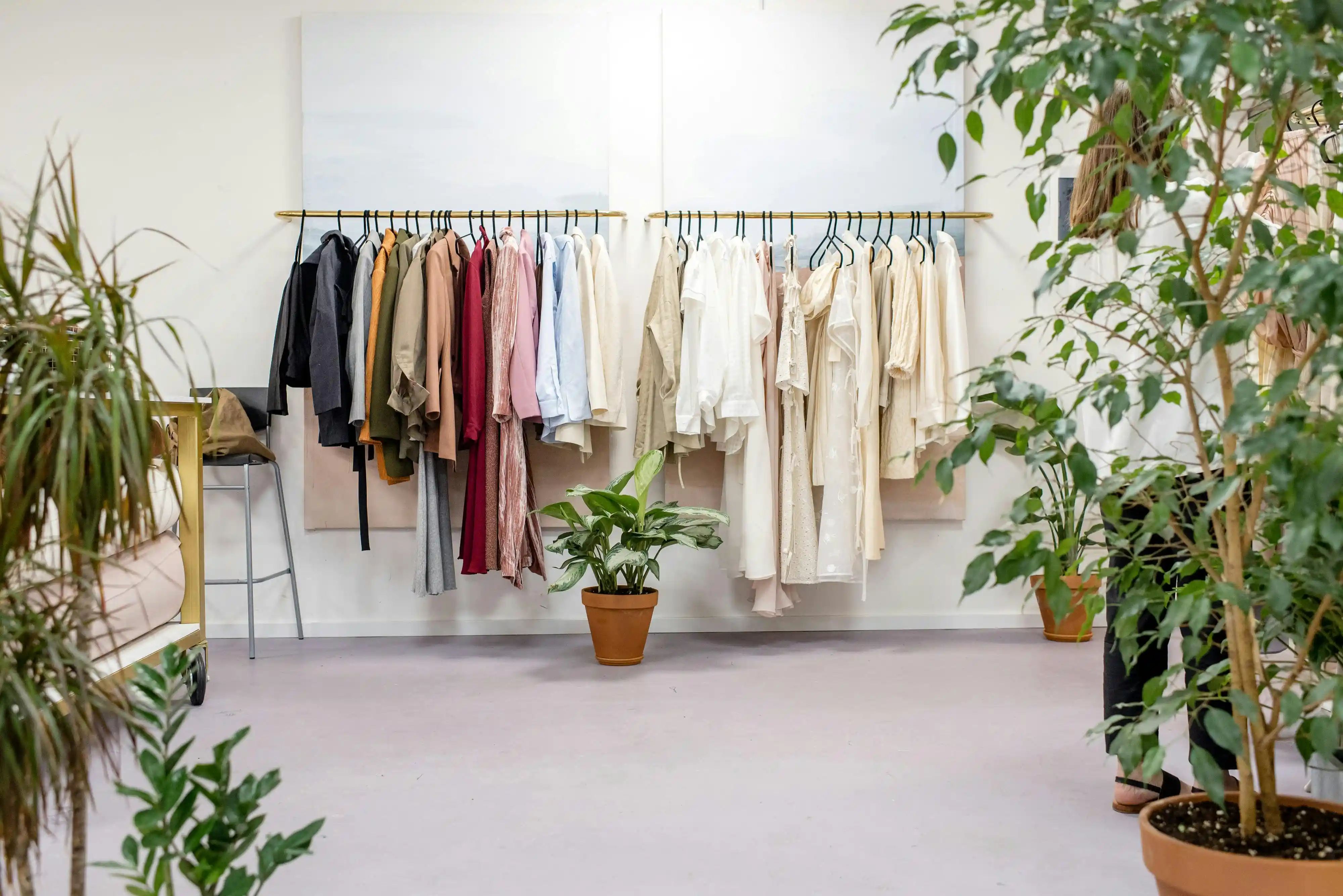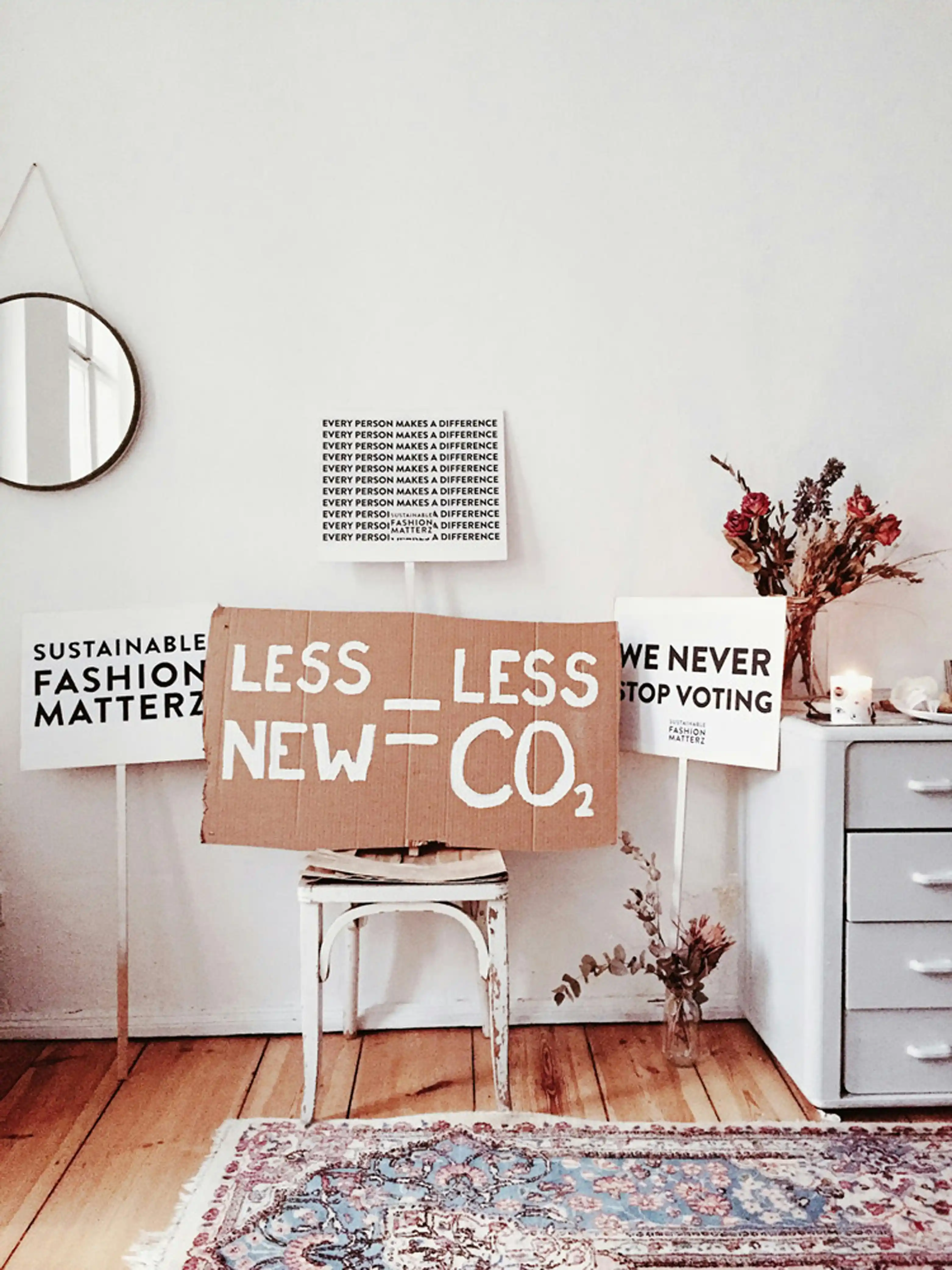Fast Fashion vs Sustainable Fashion: Making Conscious Choices for a Better Future
BY BoringMonday
March 22, 2025

In today's rapidly evolving fashion landscape, consumers are presented with a plethora of choices. Among these, two prominent paradigms stand out: fast fashion and sustainable fashion. Understanding the distinctions between them is crucial for making informed decisions that align with personal values and the well-being of our planet. In this article, we will explore the environmental, social, and economic implications of both fashion models and why sustainable fashion is a necessary shift for the future.
Understanding Fast Fashion

Fast fashion refers to the rapid production of inexpensive clothing, mirroring current high-fashion trends. Brands like Zara, H&M, and Forever 21 epitomize this model, delivering new collections multiple times a season to keep consumers engaged. This approach thrives on the allure of affordability and the latest styles, encouraging frequent purchases.
Pros of Fast Fashion
Affordability: Offers trendy clothing at accessible price points, making fashion attainable for a broader audience.
Variety: Constantly updated collections provide consumers with a wide array of choices to suit diverse tastes.
Trend Accessibility: Allows individuals to quickly adopt and experiment with current fashion trends.
Cons of Fast Fashion
Environmental Impact: The rapid production cycle contributes to significant waste, pollution, and resource depletion. The fashion industry is responsible for 20% of global wastewater and 10% of carbon emissions.
Labor Concerns: To maintain low costs, some brands may exploit workers, leading to poor working conditions and unfair wages.
Quality Issues: Emphasis on speed and cost can result in lower-quality garments that wear out quickly, promoting a throwaway culture.
Understanding Sustainable Fashion

Sustainable fashion, also known as eco-fashion, emphasizes ethical production methods, environmental stewardship, and social responsibility. Brands like Patagonia, Eileen Fisher, and Stella McCartney are pioneers in this movement, focusing on reducing their ecological footprint and ensuring fair labor practices.
Pros of Sustainable Fashion
Environmental Benefits: Utilizes eco-friendly materials and processes, reducing pollution and conserving resources. Sustainable brands minimize water usage and avoid harmful chemicals.
Ethical Production: Ensures fair wages and safe working conditions, supporting workers' rights and community development.
Durability: Focuses on quality over quantity, leading to longer-lasting garments that reduce the frequency of purchases and waste.
Cons of Sustainable Fashion
Higher Initial Cost: Ethical practices and quality materials can lead to higher prices, making sustainable fashion less accessible to some consumers.
Limited Availability: Sustainable brands may have fewer collections and styles, offering less variety compared to fast fashion retailers.
Accessibility Issues: Eco-friendly products may not be as widely available, especially in regions without sustainable fashion retailers.
The Environmental Impact: A Deeper Dive
Fast fashion's reliance on synthetic fabrics like polyester contributes significantly to microplastic pollution in oceans. According to the Ecoline Clothing website, polyester-based clothing sheds microplastics with every wash, contaminating marine life and entering the food chain. Conversely, sustainable brands prioritize biodegradable fabrics like organic cotton, hemp, and Tencel, reducing this pollution.
In addition, fast fashion's production cycle consumes vast amounts of water. The State of Matter Apparel blog (State of Matter Apparel) highlights that producing just one cotton T-shirt requires approximately 2,700 liters of water—the equivalent of what one person drinks in two and a half years. Sustainable alternatives seek to minimize water use through closed-loop systems that recycle water during production.
Why Choose Sustainable Fashion?
Environmental Preservation: By opting for sustainable fashion, consumers can significantly reduce their carbon footprint and help combat climate change. The fashion industry contributes to 10% of global carbon emissions, and sustainable practices aim to mitigate this impact (Columbia Climate).
Social Responsibility: Supporting brands that prioritize fair labor practices ensures that workers receive fair wages and work in safe environments, promoting social equity.
Economic Value: Investing in high-quality, durable clothing can be cost-effective in the long run, as these garments often outlast cheaper, fast fashion items.
Personal Well-being: Wearing clothing made from natural, non-toxic materials can reduce skin irritations and allergies, contributing to better personal health.
Making the Shift: How Consumers Can Support Sustainable Fashion
Transitioning from fast fashion to sustainable alternatives doesn’t have to be overwhelming. Here are some actionable steps:
1. Buy Less, Choose Wisely
Invest in timeless, high-quality pieces that last longer rather than frequently purchasing trendy, disposable clothing.
2. Support Ethical Brands
Look for brands committed to sustainable practices. Websites like Good On You provide ratings on fashion brands' ethical and environmental impact.
3. Thrift and Upcycle
Buying second-hand clothing from thrift stores or online resale platforms like Depop and Poshmark extends the life cycle of garments.
4. Educate Yourself and Spread Awareness
Staying informed about sustainable fashion and sharing knowledge with others can help drive demand for ethical fashion choices.
5. Care for Your Clothes Properly
Washing garments in cold water, air drying, and using eco-friendly detergents can extend their lifespan and reduce environmental impact.
The choice between fast fashion and sustainable fashion ultimately rests with the consumer. While fast fashion offers affordability and immediate access to trends, it often comes at a hidden cost to the environment and society. Sustainable fashion, though potentially more expensive upfront, invests in a healthier planet and equitable labor practices. By making conscious choices, consumers can drive demand towards more ethical and sustainable fashion practices, fostering a future where style and sustainability coexist harmoniously.
Topics :
Style Meets Substance
Find pieces that move with you. Every article has a story — now wear one that speaks yours.

Recommendation Lifestyles

Lifestyles
Grunge Streetwear: Chaos, Culture, and Clothing
July 05, 2025

Lifestyles
Mural and Street Art: The Intersection of Creativity and Urban Fashion
March 22, 2025

Lifestyles
DIY Streetwear: Personal Style Meets Creative Edge
July 05, 2025

Lifestyles
Gothic Streetwear: Subculture Reimagined in Modern Streets
July 16, 2025